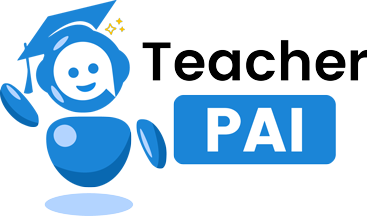"Your Art. Your Voice. Your Vision."
Creative Expressions engages participants in visual arts, music, dance, drama, poetry, and multimedia to explore identity, community issues, and academics through the Community Change Pedagogy. Learners build critical thinking, research, and executive functioning skills while creating work that connects their interests to real-world themes.
Goals
- Foster self-expression and identity development through creative media.
- Strengthen connections between academic learning and real-world issues via art-based projects.
- Enhance communication, collaboration, and problem-solving skills through project-based artistic explorations.
- Promote cultural understanding and social awareness through artistic exploration.
Skill Objectives
Participants will improve the following skills:
- Problem-solving skills – the ability to express and resolve personal or community challenges through creative outlets such as art, writing, music, or performance
- Research skills – the ability to explore artistic techniques, cultural influences, and examples of creative problem-solving
- Management skills – the ability to plan, produce, and present creative projects from start to finish
Outcomes
- Increased engagement and motivation in academic subjects.
- Boosted academic achievement when arts are integrated with core academics (Catterall, Dumais, & Hampden-Thompson, 2012).
- Improved confidence and ability to articulate personal and community narratives.
- Strengthened sense of belonging to school community among participants.
Benefits
Research shows that creative arts programs for youth:
- Enhance self-esteem and resilience, particularly for marginalized youth, by offering a platform for personal storytelling (Karkou & Glasman, 2004).
- Promote social-emotional learning—including empathy, self-awareness, and interpersonal skills—through arts experiences and collaborative creation (Burton et al., 2000).
- Support academic and civic outcomes for low socioeconomic status youth through sustained arts participation (Catterall, Dumais, & Hampden-Thompson, 2012).
References
- Burton, Judith M., Horowitz, Rob, & Abeles, Hal. (2000). Learning in and through the arts: The question of transfer. Studies in Art Education, 41(3), 228–257. https://doi.org/10.2307/
1320379 - Catterall, James S., Dumais, Susan A., & Hampden-Thompson, Gillian. (2012). The arts and achievement in at-risk youth: Findings from four longitudinal studies (Research Report #55). National Endowment for the Arts. https://files.eric.ed.gov/
fulltext/ED530822.pdf - Karkou, Vassiliki, & Glasman, Judith. (2004). Arts, education and society: The role of the arts in promoting the emotional wellbeing and social inclusion of young people. Support for Learning, 19(2), 57–65. https://doi.org/10.1111/j.
0268-2141.2004.00321.x





